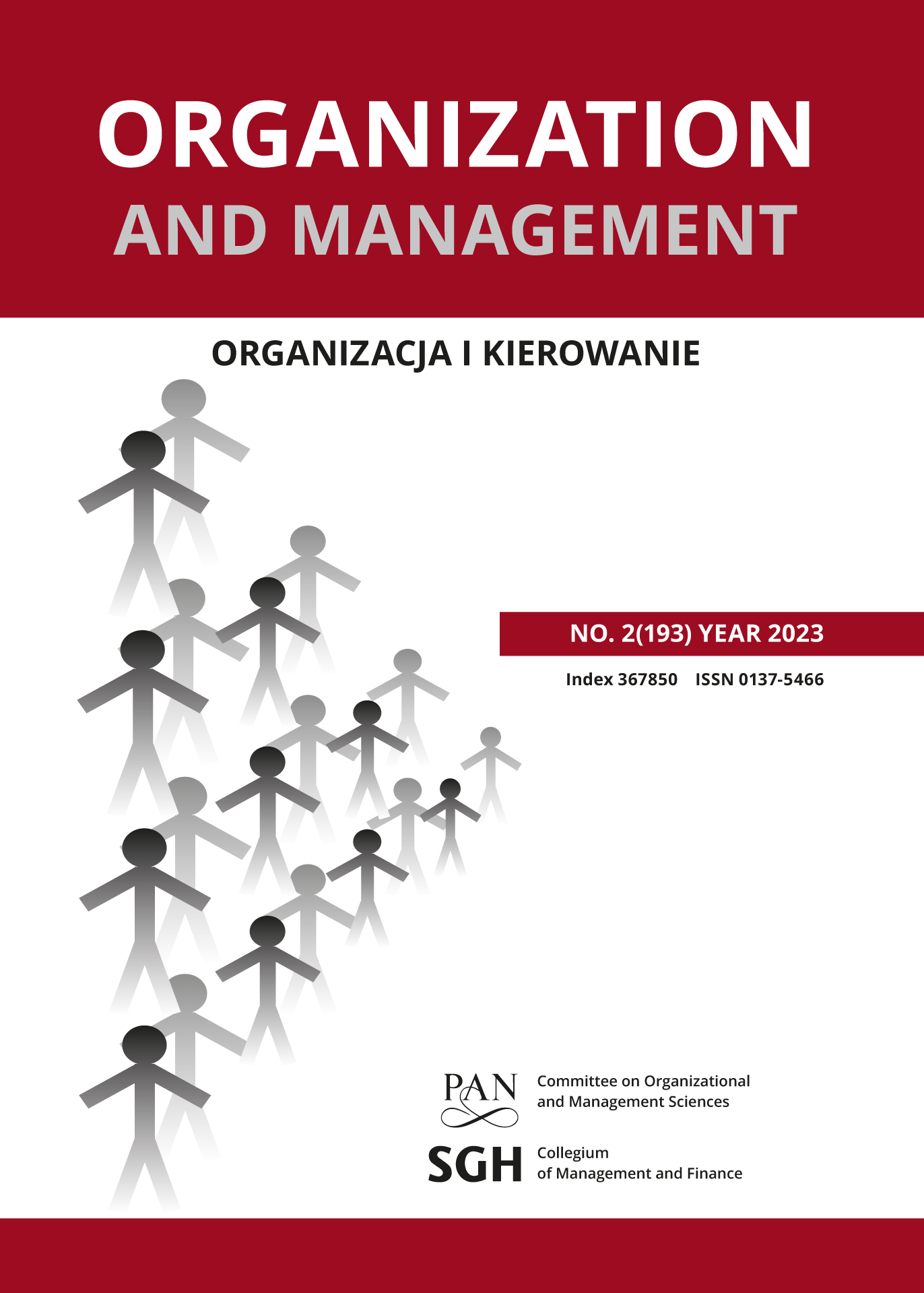MODEL OF ASSESSING DISTANCE LEARNING SATISFACTION: A PERSPECTIVE OF STUDENTS FROM UNIVERSITY OF ECONOMICS
Main Article Content
Abstract
The aim of this study is to isolate the hidden factors affecting the assessment of student satisfaction with distance learning. The added value of this research lies in creating a satisfaction assessment model based on the opinions of students from economic universities who had not used previously engaged with this teaching from but had to switch to distance learning due to the Sars-Cov2 pandemic. Both first and second-order confirmatory factor analysis (CFA) were used to achieve the goal. Defining the evaluation of satisfaction with distance learning as a second-order factor allowed us to confirm that three elements properly reflect
the evaluation system: academic staff and teaching aids (PR), the participant in distance learning (TS), and equipping the participant with IT tools (SP). The conducted analyses also indicated that aspects related to well-prepared academic staff and appropriately selected teaching aids have the most significant impact on the level of satisfaction. A higher level of assessment
positively affects the attitude and feelings of the participant in distance learning. The analysis also revealed that having the right IT tools impacted this assessment to a lesser extent. According to the authors, this is attributed to the scientific staff ’s proper selection of tools.
